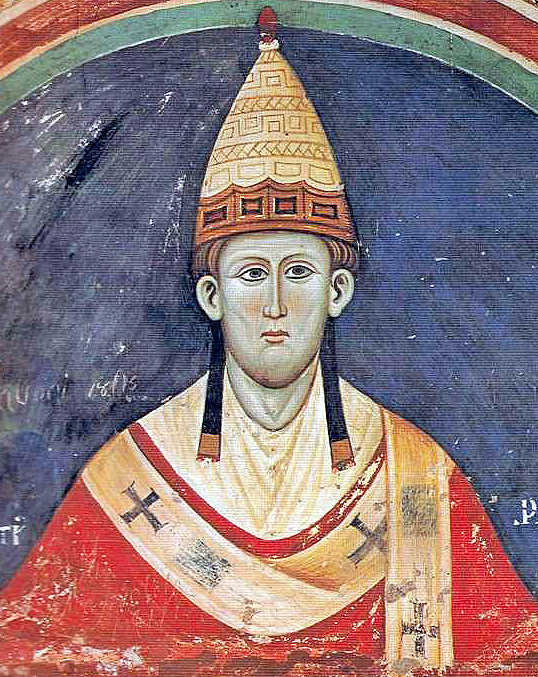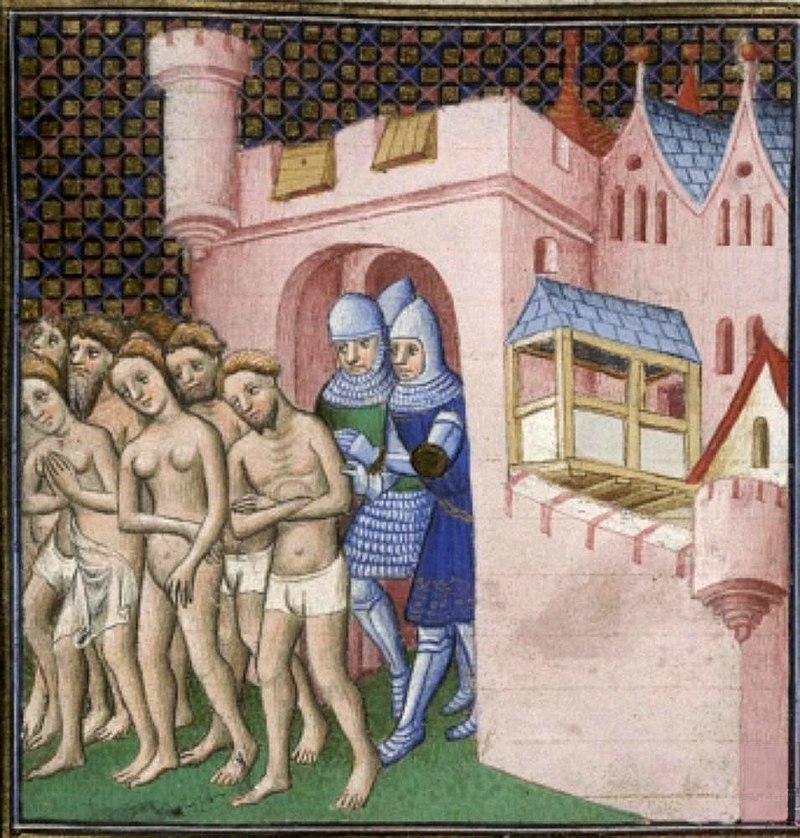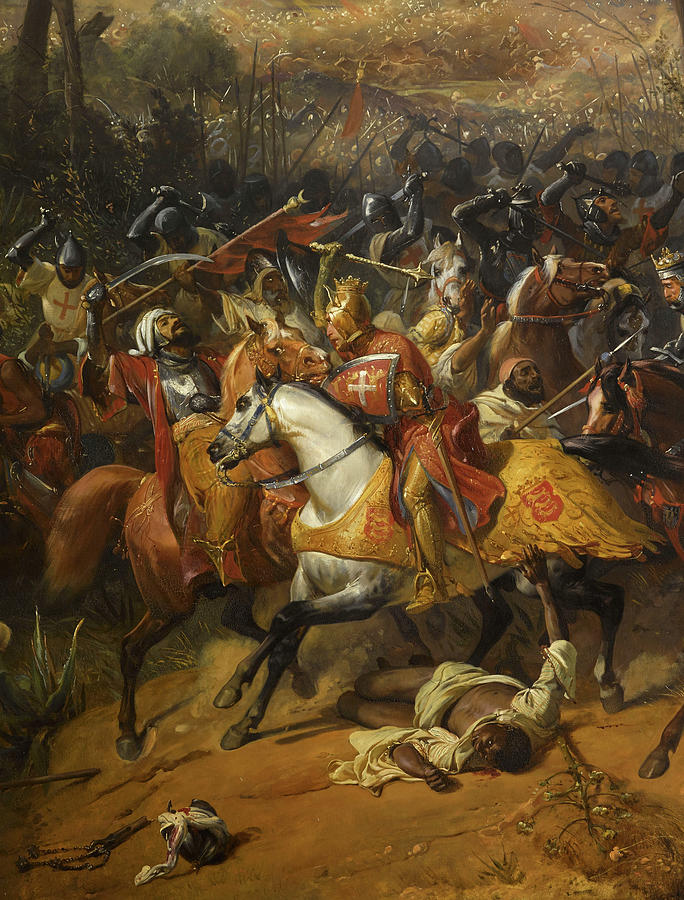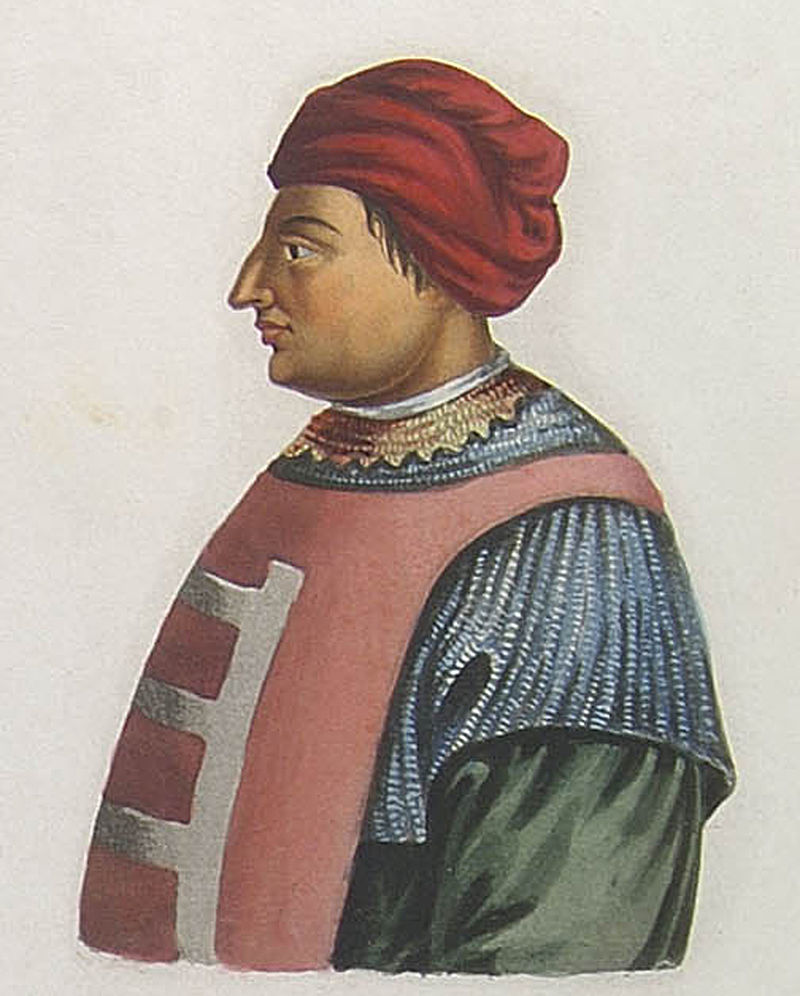
This take is totally wrong on every level and I will do a long thread on it, because there are a lot of points that need to be addressed. I see these myths about longbows and Crécy floating around a lot and it's time to describe what really happened and some other things.
https://twitter.com/Paracelsus1092/status/1437683365830856704
First of all to say that Crécy was a victory of archery over knights is quite misleading. What made the English effective were not solely longbows but a combination of longbowmen AND disciplined infantry consisting of dismounted English KNIGHTS and men armed with pole weapons.
Crécy was fought in very specific circumstances where English had the better position, the terrain was muddy and French had supply problems, unable to supply their Genoese crossbowmen with their much needed pavise shields for defense.The latter also had problems loading crossbows
What resulted was that the archery (crossbowmen) that French brought was totally ineffective and they had to charge the English positions. The longbowmen managed to mitigate the effect of the charge greatly by killing off lesser armored French and some of the horses of knights.
This is where longbowmen did have an effect and were definitely very important. They were highly skilled men with a lethal weapon. But they were not this mythical sole determining factor in this battle as modern people think, this is just absurd.
Longbows do NOT pierce plate armor, I don't know why so many people still can't figure that out by themselves. Saving a total lucky shot that would pierce through some weak spot, there is nothing a longbowman could not significantly hurt an armored dismounted knight.
This is where the English knightly infantry combined with spearmen and billmen was crucial who resisted several French charges that were brutal and ferocious according to all accounts. Most of the fighting at Crécy was done in melee where armored English knights were crucial!
This idea that Crécy was some sort of archery slaughter where the French knights just evaporated in front of longbowmen is actually very insulting for the bravery of English knights who had to, by all accounts, endure in one of the most brutal hand-to-hand combats in the era.
After the battle English knights mounted and chased down fleeing French to inflict even more casualties. So it was essentially still a battle of two armies that relied on knights, it's just that one was more disciplined and could actually employ their archers.
I honestly don't know how the guys like the one who wrote the book imagine the battle of Crécy, do they think longbowmen with their very limited number of arrows could just kill masses of armored knights and avoid melee combat all together? How?
So this idea that Crécy revolutionized medieval warfare or that longbows were some sort of invincible weapon is just ridiculous. Most medieval armies continued to prefer crossbows which were actually already considered very deadly for centuries by that point.
Case in point, the Genoese crossbowmen that the French hired for Crécy were already a formidable force, as the Italian maritime republics required their navies to have a specific number of trained crossbowmen for naval protection. They served as mercenaries all over Europe.
Passage in the book also totally ignores the nature of medieval warfare which revolved mostly around sieges and raiding, for which either melee combat or cavalry were needed. So even if archers were this effective force for open battles, these were extremely rare to begin with.
An enemy army could just refuse to give you battle, lock up in castles and raid your territory, so what would longbowmen do then? Cavalry was crucial to combat because it gave mobility and the option to retreat from battles or chase down enemies.
Also implying some sort of social empowerment for peasants happened because of effectiveness of longbowmen is even more false for many reasons. First of all longbowmen were actually diverse in terms of wealth, they included landowning yeomen and were not some poor rabble.
Secondly, longbowmen relied entirely on the centralized power of the kingdom for supply. Arrows for example were made by skilled fletchers and had to be purchased by king who supplied longbowmen on campaigns. They carried around 60-75 arrows each to battles.
So even when supplied by the kingdom the number of arrows they had was not very high and with their fast rate of firing they could shoot them out really quick. If longbowmen wanted to make some sort of stand against the nobles like this author fantasizes they would have even less
So besides relying on knights and infantry, longbowmen also had to rely on the logistics and technology of their realm. It was not like today in America with guns where people can just stockpile them and ammunition and that gives them a sense of power.
Furthermore longbowmen were skilled warriors who were highly valued as mercenaries and served in mercenary free companies in peace time, especially in Italy where wealthy cities would hire them. They would have no need to upset the warrior nobility social order of their time.
I think there is a lot of populist fantasizing involved in medieval myths where both from left and right modern people fantasize about peasants empowering themselves against "evil elites" and they look for some revolutionary turning points. Crécy was definitely not one of them.
There is also a lot of ascribing modern morals to medieval people, they think they shared modern view that nobility/elite was evil and that they wanted to overthrow them at first opportunity, but that was simply not the case. Longbowmen would rather benefit from medieval order.
Anyway, the crucial point is, Crécy was not a battle that would revolutionize anything at all, the true revolutionary change of warfare happened with pike and shot at Cerignola in 1503 with renaissance gunpowder weapons used in correct way combined with pike infantry.
• • •
Missing some Tweet in this thread? You can try to
force a refresh





































